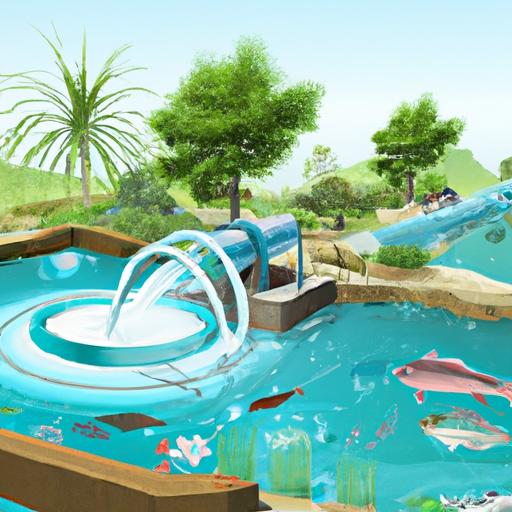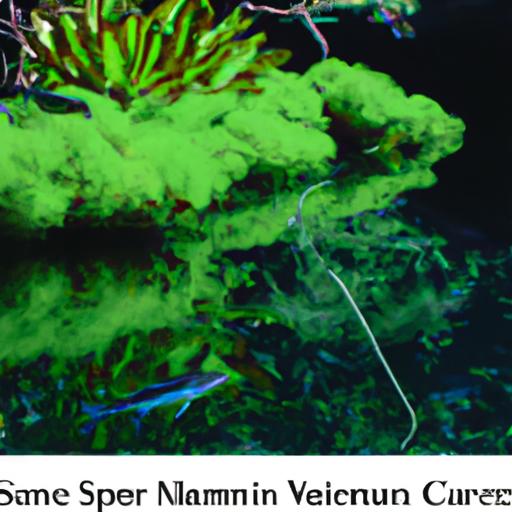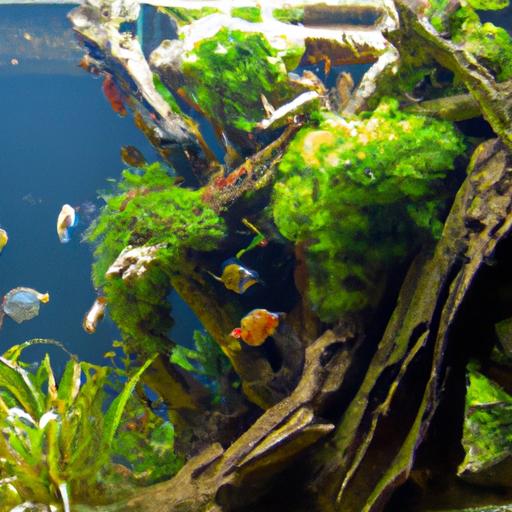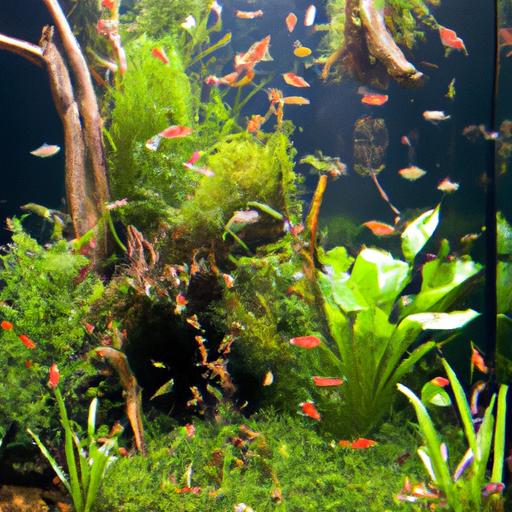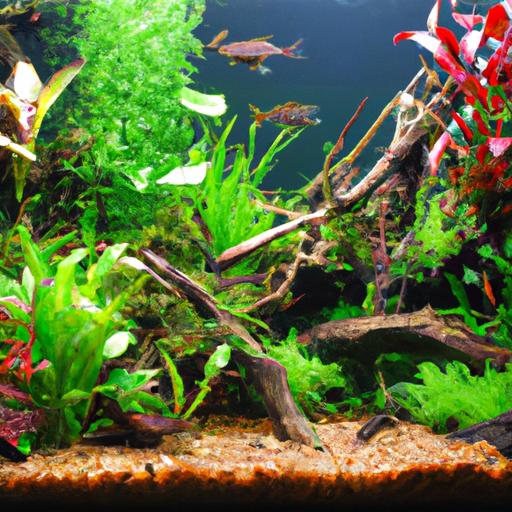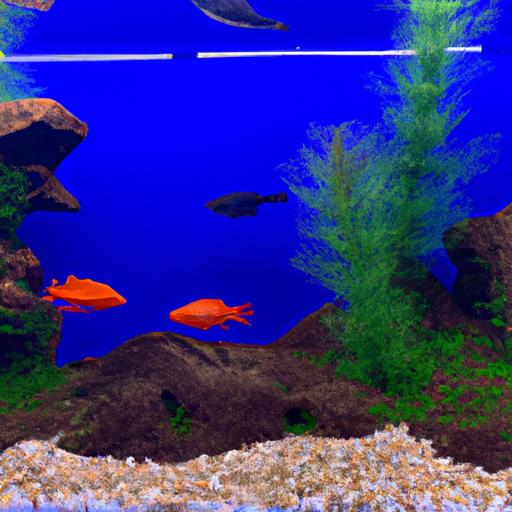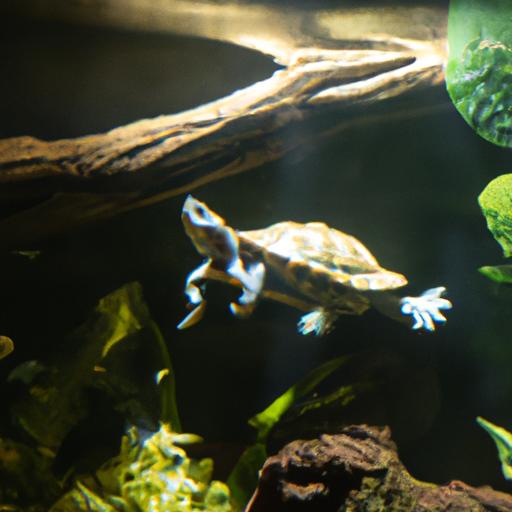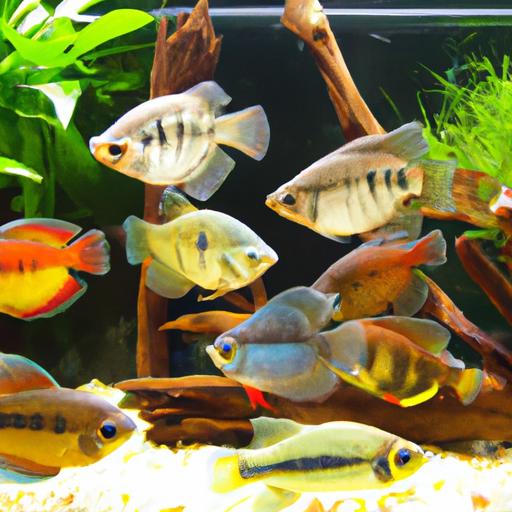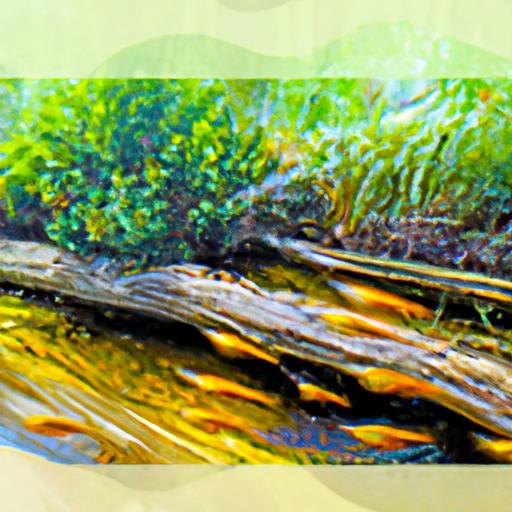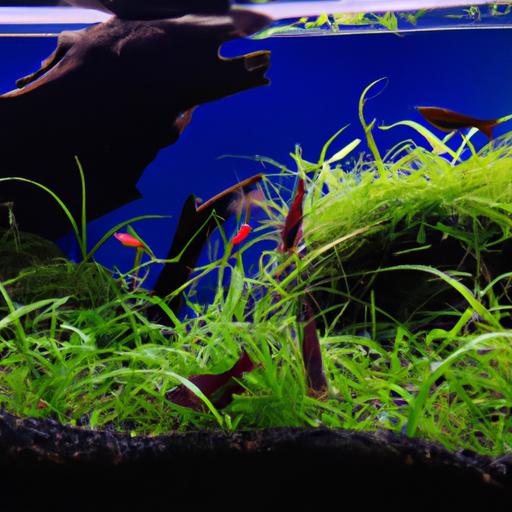
Properly Acclimating Freshwater Invertebrates to Your Aquarium
Learn the step-by-step process for properly acclimating freshwater invertebrates to your aquarium. Ensure a smooth transition for your aquatic pets.
Introduction
Are you a proud aquarium owner looking to add some beautiful freshwater invertebrates to your tank? Acclimating these delicate creatures to their new environment is crucial for their well-being and overall aquarium success. In this article, we will guide you through the process of properly acclimating freshwater invertebrates to your aquarium, ensuring a smooth transition and minimizing stress. So, let’s dive in and make your aquatic pets feel right at home!
Acclimating Freshwater Invertebrates to Your Aquarium
To ensure the successful acclimation of your freshwater invertebrates, it’s essential to follow a step-by-step guide. Let’s explore each of these steps in detail:
1. Preparing the Container
Before starting the acclimation process, it’s important to prepare a separate container for your invertebrates. This container will act as a temporary home where you can control the water parameters and monitor the acclimation process closely. Fill the container with water from your aquarium, ensuring it matches the temperature and salinity of your tank.
2. Temperature Adjustment
Temperature shock can be detrimental to the health of your freshwater invertebrates. To avoid this, slowly adjust the temperature of the water in the container to match that of your aquarium. You can achieve this by floating the container in your aquarium for around 15-20 minutes. This allows the temperature to equalize gradually, reducing the risk of stress or shock.
3. Water Parameter Adjustment
In addition to temperature, other water parameters such as pH, ammonia, and nitrate levels can vary between your aquarium and the water your invertebrates were transported in. It’s essential to ensure a smooth transition by matching these parameters as closely as possible. Test the water in the container and make necessary adjustments using appropriate water conditioners or additives to match your aquarium’s parameters.
4. Slow Drip Method
The slow drip acclimation method is a widely recommended technique for introducing freshwater invertebrates to a new environment. Start by placing your invertebrates, still in their transport bag, inside the container. Then, create a gentle drip using airline tubing and a control valve. Adjust the flow rate to approximately 2-4 drips per second. This slow introduction of your aquarium water into the container allows the invertebrates to gradually acclimate to the new water conditions over a period of 1-2 hours.
5. Introducing Invertebrates to the Aquarium
Once the acclimation process is complete, it’s time to introduce your freshwater invertebrates to their new home. Gently transfer them from the container to your aquarium using a net or other suitable method. Avoid adding the water from the transport bag to your aquarium, as it may contain traces of toxins or contaminants. Take your time and ensure a smooth transition, allowing the invertebrates to adjust to their new surroundings.
FAQ (Frequently Asked Questions)
Q: How long should the acclimation process take?
The acclimation process typically takes around 1-2 hours, depending on the sensitivity of the invertebrates and the method used. It’s important not to rush this process to avoid shocking or stressing your aquatic pets.
Q: Can I acclimate multiple invertebrates at once?
While it may be tempting to acclimate multiple invertebrates simultaneously, it’s generally recommended to acclimate them individually. This allows you to closely monitor each invertebrate’s response to the acclimation process and ensure their well-being.
Q: What if the invertebrates show signs of stress during acclimation?
If you notice signs of stress such as excessive hiding, erratic behavior, or abnormal coloration during the acclimation process, it’s crucial to act promptly. Consider adjusting the acclimation process, such as reducing the drip rate or extending the acclimation time. If the stress persists, consult with a reputable aquarium professional for further guidance.
Q: Can I skip the acclimation process for hardy invertebrate species?
Even though some invertebrate species are considered hardy, it’s still important to acclimate them properly. While they may be more tolerant to changes in water conditions, sudden shifts can still cause stress and potential harm. Taking the time to acclimate all invertebrates, regardless of hardiness, ensures their overall well-being and successful integration into your aquarium.
Conclusion
Properly acclimating freshwater invertebrates to your aquarium is a crucial step in ensuring their well-being and overall success in your aquatic habitat. By following the step-by-step guide outlined above, you can minimize the stress on your invertebrates and provide them with a smooth transition into their new home. Remember, patience and attention to detail are key. So, take your time, follow the recommended acclimation process, and enjoy the beauty and diversity these fascinating creatures bring to your aquarium.
Click here to find more information on properly acclimating freshwater invertebrates to your tank.
Remember, happy invertebrates make for a happy aquarium!
